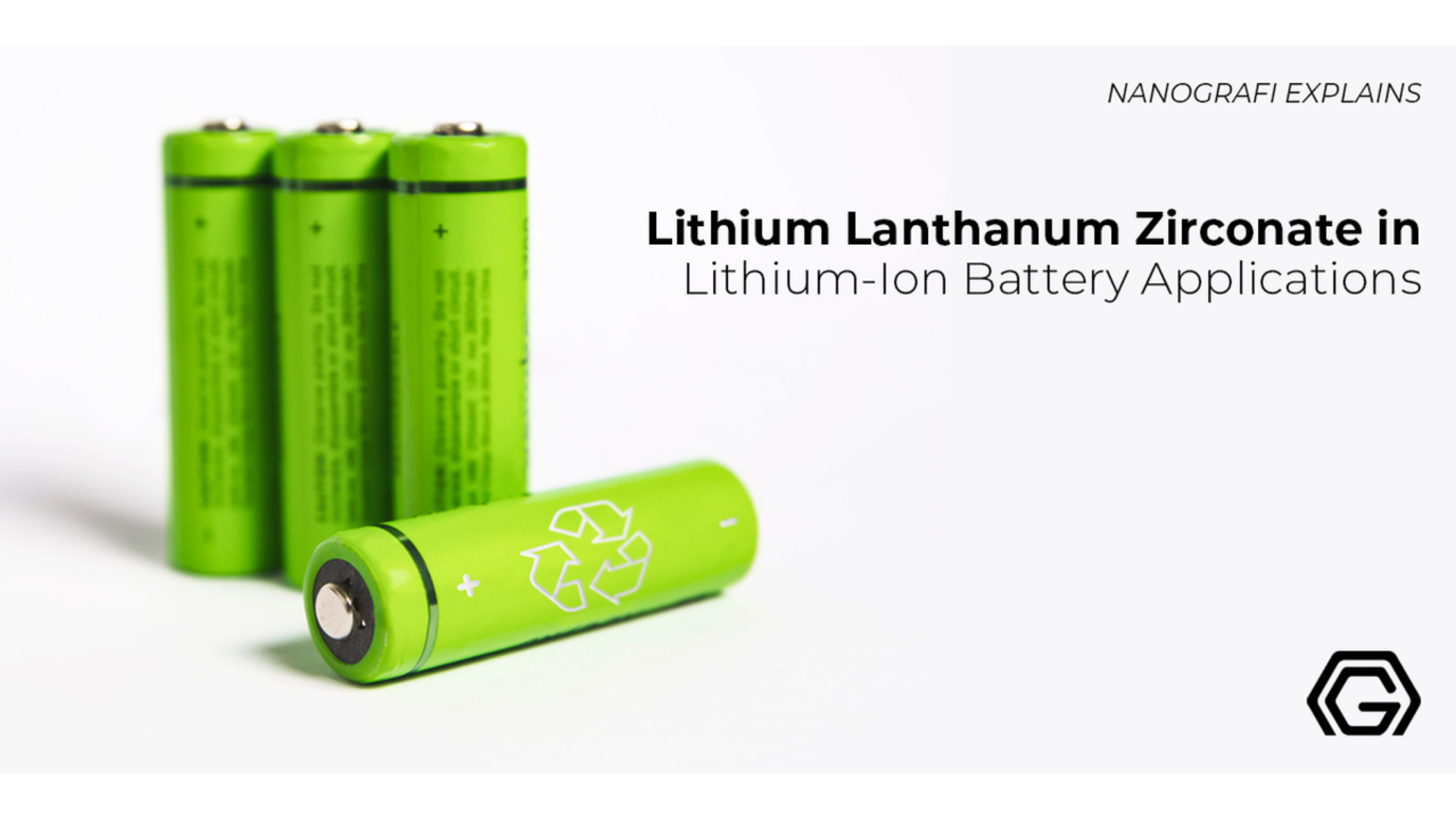Sputtering Process in Nanotechnology
Sputtering is a process through which microscopic particles of a target material get ejected from its surface after the bombardment of energetic ions of gas or gaseous plasma. Momentum exchange between atoms and ions of the element causes sputtering.
There are several sputtering techniques such as DC diode sputtering, RF radio sputtering, and magnetron sputtering are the most popular and widely used sputtering processes. It is a widely used technology in modern-day engineering to produce fine thin films of materials. Thin films are widely used across several industries such as microelectronics (i.e. CPU processors, watches, batteries, cell phones, iPod), solar panels, medical, oxidation resistance, and anti-reflective coatings on cars, jewelry, mirrors, etc. Moreover, the sputtering process is also used for etching, analysis for identification of the target material, and for space weathering. Sputtering processes are extremely useful across several industries such as optical coatings, semiconductors, microelectronics, and many more.
Introduction
Sputtering is a technique to deposit thin films of different materials onto a surface. Materials such as metals, plastics, and ceramics are deposited on a surface through different processes, and the sputtering process is one among them. The sputtering process is a physical vapor deposition (PVD) process that deposits materials onto a particular surface by ejecting atoms from that material and condenses ejected atoms onto the surface when a high vacuum environment is maintained. However, the basic idea of the sputtering process is quite simple, while the actual mechanism is very intricate and complex.
History of Sputtering
Thin film technology is playing a key role in spearheading technological developments in recent years. It is the most important innovation of the recent advances in engineering technology. Thin films have proved their worth by manifesting themselves in a plethora of applications ranging from thin-film filters and fiber optic telecommunication systems to solid lubrication and heat dissipation. Thin films are also closely related to the miraculous nanotechnology of the current area. Thin films have already established themselves as a crucial part of the nanotechnology's precision engineering. Moreover, microelectronics and optoelectronic developments would not be possible without thin films.
The sputtering process is one of many processes to form thin films. Thin films and nanotechnology is the gift of modern engineering technologies.
Thin films are generally 0.1um to 300um thick, chemically stable, uniform, and extraordinarily pure with very low quantity of impurities. Different techniques have been developed that facilitate the formation or deposition of very thin films of various materials on the silicon wafer. Silicon dioxide, silicon nitride, aluminum, and polycrystalline silicon are included among the most common materials.
Applications of thin films are uncountable. They are an integral part of microelectronics, photovoltaic systems, integrated optics, optoelectronics, and waveguides. Thin films have revolutionized modern devices with compact volume and extra efficiency. As we have discussed earlier that several thin film deposition techniques are used and are prepared from different kinds of materials such as insulators, semiconductors, metals, etc. Thin-film deposition can be further categorized into physical vapor deposition (PVD) and chemical vapor deposition (CVP) and our today's topic of debate "sputtering process" comes under the physical vapor deposition process.
Thin films have documented a history of more than 5000 years. However, the growth of the thin film started only after the invention of vacuum pumps and electrical power in the 1600s and the 1700s. Sputtering was first documented in the early 1800s, and by 1880, it had already dominated the optical coating market. The 1800s is also eminent for describing several other thin-film related phenomenon such as optical spectroscopy, multitarget sputtering, sputtering of liquids, and preferential Sputtering of alloys. During the 1930s, sputter coating on complex substances was described. The history books are full of abundant experimental and theoretical evidence suggesting that a lot of developments in the field of sputtering occurred from the 1800s to 1970s. The linear transport model was introduced in 1969, and modern Sputtering is based on this model. The evolution of the modern sputtering techniques and technology is the courtesy of no less than eight Nobel laureates in the field of Physics and Chemistry.
To get more information about sputtering,
you can read our blog post here.
What is Sputtering?
With the bombardment of the energetic particles, a solid surface erodes, and surface atoms are removed after the collision between energetic particles and the solid surface. This process is known as the sputtering process, and the phenomenon is called sputtering.
The basic concept of a sputtering is that when a solid surface is bombarded with ion, it is expected that the ion will interact with the surface.
1.The incident ions are neutralized and then reflected
2.The impact of the ions ejects secondary electrons from the target surface
3.Ion implantation occurs when the ions are buried in the target
4.Target material goes through a structural rearrangement caused by the ion impact
5.A series of collisions as a result of the ion bombardments occurs between atoms of the surface material that leads to the ejection of the electrons from the atom. This phenomenon is named as Sputtering.
Sputtering Mechanism
There are two theoretical models of the sputtering mechanism.
1.The thermal vaporization theory that proposes to heat the surface of the target to cause vaporization after the bombardment of the energetic particles.
2.The momentum-transfer theory that suggests emitting the surface atoms after transferring the kinetic momentum of incident particles transfers to atoms of the target surface.
Influencing Factors of Sputtering
The interaction of incident particles with atoms of the target surface causes sputtering, and the following factors can influence the overall yield of the sputtering process.
The energy of the energetic ions or particles
Type and quality of the target material
The angle of reflection of the incident particles
Target surface material's crystal structure
Sputtering Systems
There are several sputtering systems of thin film deposition. Dc diode sputtering is the basic model of the sputtering system, and all the rest of the systems are just improved forms of dc diode sputtering system.
If you are interested in the utilization of lithium lanthanum zirconate,
you can read our blog post here.
1.Dc Diode Sputtering
consists of two planar electrodes, one is the anode, and the other is the cold cathode. The cathode is the base for the target material, and the cathode is also water-cooled at the reverse side of it. At the same time, the anode is the base position for the placement of the substrate. Argon gas and a series of voltage and resistance are applied between the diode and cathode. Fully energetic Ar ions accelerate to sputter the target, and the deposition of a thin film on the substrate occurs. Positive Ar ions strike the cathode and eject the cathode electrons or sputter the target by transferring momentum to them. Freeing electrons and negative ions are accelerated by the electric field move toward the anode where they settle on the growing film.
2.RF Radio Sputtering
dc diode is improvised a bit to form the RF radio sputtering system where an insulator is used as a metal target. In this system, Sputtering cannot maintain the glow discharge because of the positive ions that build a surface charge on the insulator's front side. To sustain the glow, the power supply of the dc diode is replaced by the RF-power supply. This phenomenon is known as RF radio sputtering.
3.Magnetron Sputtering
is a deposition technique that involves the generation and confinement of a gaseous plasma in a space containing the target. The high-energy ions erode that target surface within the plasma that results in the liberation of atoms. Liberated atoms then go through the vacuum and deposit on the target substrate to form a thin film. A high voltage application is necessary to generate gaseous plasma. Electrons present in the gas accelerate away from the cathode and collide with nearby atoms. An electrostatic repulsion is caused by the collision the ejects the electrons from the sputtering gas atoms to turn them into ions. Now, the positively charged ions make a dash towards the cathode and collide with the target surface with great energy. Those collisions have the potential to cause surface atoms to knock-off into the vacuum environment with enough kinetic energy to reach the substrate to form thin films. To achieve the maximum number of high energy collisions and increased deposition rates, it is imperative to choose a sputtering gas with the highest possible molecular weight such as xenon or argon. In order to achieve reactive Sputtering, gases like nitrogen or oxygen can also be used to the sputtering chamber. Magnetron sputtering does not rely on melting and evaporation of the target material, and that is the reason that it has numerous advantages as compared to the physical vapor deposition processes. All materials can be deposited irrespective of their melting temperatures. It is easy to scale and position the source material anywhere in the sputtering changer according to the requirements of the coating or substrate. Moreover, alloys and compound film deposition can also be achieved. These are a few main advantages of the magnetron sputtering process.
Applications of Sputtering Process
The sputtering process has many applications, apart from the thin film deposition, that is extremely useful and are extensively used in several industrial and research purposes.
Sputter Cleaning: is used to clean solid surfaces from contaminants. It is used in ion plating, vacuum deposition, and surface science.
Sputter Etching: is used when etching anisotropy of a high degree is required in the semiconductor industry.
For Analysis: of concentration and identity of sputtered atoms where the sputtering process continuously etches deeper and helps to analyze the sample.
Space Weathering: where the sputtering process is used to change the physical and chemical properties of airless bodies such as the moon.
Conclusion
The sputtering process is one of many processes to form thin films. Thin films and nanotechnology is the gift of modern engineering technologies. Thin films have found their uses in several industries, including surface finishing, precision optics, semiconductor processing, etc. There are many sputtering systems that are being used -- DC diode sputtering, RF radio sputtering, and magnetron sputtering are the most popular and widely used sputtering processes. The sputtering process is simple and revolves around the simple phenomenon -- placing target material and substrate in a vacuum chamber and applying a voltage that causes the target to attach with the cathode, and the substrate attaches to the anode. However, the magnetron sputtering process does not depend on the melting and evaporation of the materials. The sputtering process is a simple one, but there are certain criteria that must be met to achieve the desired quality of the coating. Sputtering process can also be used for sputter cleaning, etching, space weathering, etc. However, the most popular and most widely use of the sputtering process is to make thin films with thickness ranging from fractions of a nanometer to several micrometers in thickness. These thin films are widely used across several industries such as microelectronics, decorative coatings, protective coatings, optoelectronics, etc.
To get more information, you can visit Blografi.
References
https://angstromengineering.com/tech/magnetron-sputtering/
https://en.wikipedia.org/wiki/Sputtering
https://en.wikipedia.org/wiki/Sputter_deposition
https://www.sciencedirect.com/science/article/pii/S1079405099800118
Recent Posts
-
Nanocomposites in Food Packaging
The utilization of nanocomposites in food packaging represents a significant advancement in the fiel …19th Apr 2024 -
What is the Difference Between 7075 and 6061 Aluminum Alloy?
When comparing 7075 aluminum alloy to 6061 aluminum alloy, it's essential to understand their disti …5th Apr 2024 -
Iron-Air Batteries: The Ultimate Guide
Iron-air batteries represent a significant breakthrough in energy storage technology, offering a sus …29th Mar 2024








